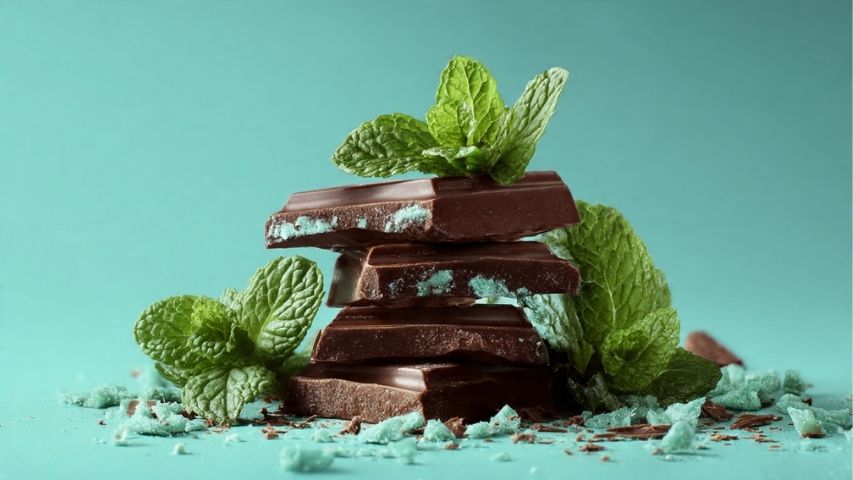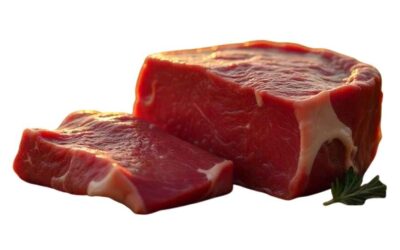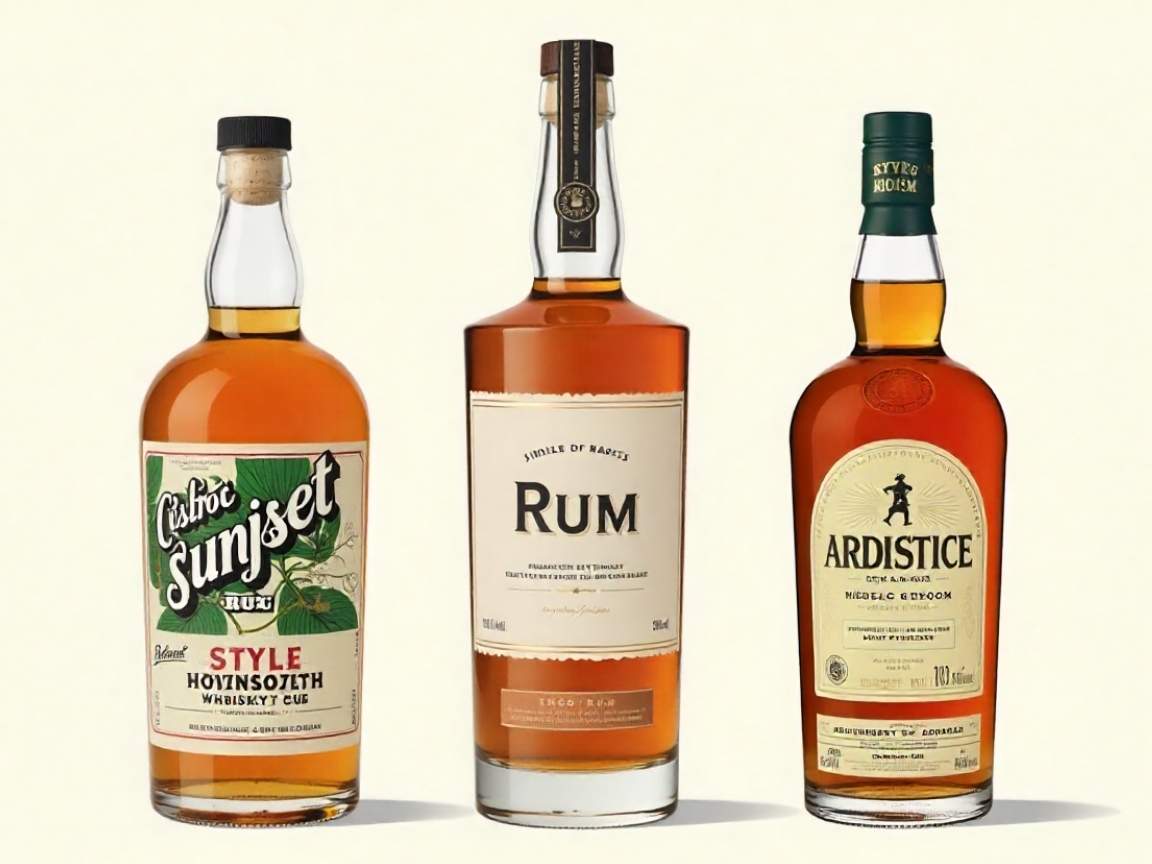Welcome back, friends! It’s Anders, and today we’re diving into the world of rum. This spirit has a rich history, comes in many styles, and, to be honest, has a bit of mystery that can make it both exciting and a little intimidating for newcomers. My goal is to break down the basics of rum in a way that’s easy to understand, so you can confidently pick out a bottle at the store, learn about the different categories, and start your rum journey with clarity. Let’s get started!
What Exactly is Rum?
To put it simply, rum is a distilled alcoholic beverage made from sugarcane, usually in the form of molasses or sugarcane juice. There are a few hard and fast rules about where rum can be made or how it should be aged, which adds to its complexity. From Brazil’s cachaça to Batavia arrack in Indonesia, rum can be made with sugarcane-based ingredients from all over the world. (Types of Rum, n.d.) However, in this post, I’m going to focus mainly on the rums from the Caribbean, where the spirit truly took root.
A Brief History of Rum
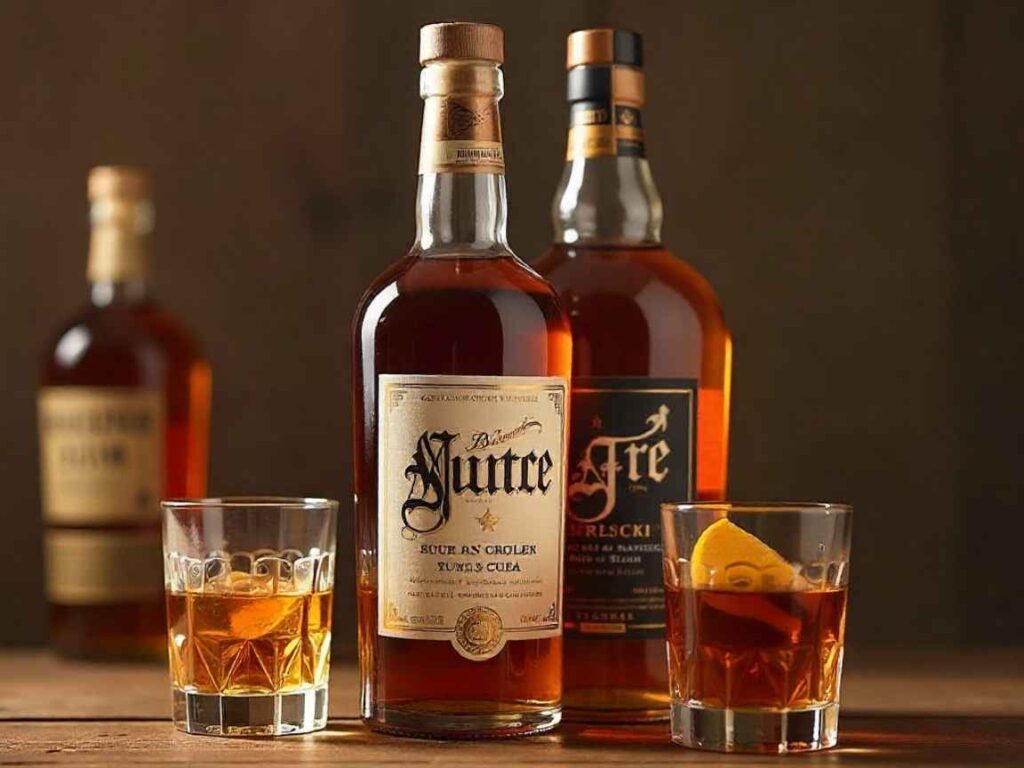
Rum’s origins go back to the early 17th century in the Caribbean. (The Story of Rum Begins in Barbados, n.d.) It’s closely tied to the sugar industry, which, unfortunately, relied on slave labor for its production. (The Industrial Heritage of Barbados: The Story of Sugar and Rum, n.d.) The enslaved workers were among the first to discover rum, creating the drink as a means of escape from their harsh reality. (Rum, Oaths, and Slave Uprisings in the Age of Revolution, n.d.) Over time, rum became an iconic drink, favored by pirates and even the British Royal Navy. (Lamb’s, n.d.)
While the story of rum’s history can be a dark one, it’s important to understand its roots. Despite its troubled beginnings, rum has evolved into the beloved spirit we know today, with a fascinating global influence.
How to Categorize Rum
There are several ways to categorize rum, but we’ll focus on the main methods: by color, origin, and production style.
1. Color-based Classification: White, Gold, and Dark Rums
The most common and simplest way to categorize rum is by its color. You’ll often see rums labeled as white, gold, or dark. But don’t be fooled, because color can be misleading. For example, some white rums are actually aged for years and then charcoal-filtered to remove color, while some dark rums are artificially colored. The age and production method can affect the flavor a lot, but color alone doesn’t tell you everything.
2. Origin and Historical Style

Another traditional way to categorize rum is by the region and production method. Back in the 1600s, the Caribbean rum producers were divided into three main categories:
- English Style Rum (Jamaica, Barbados, Guyana) – These are bold, robust rums made from molasses and distilled in pot stills. (All About English-style Rum, n.d.)
- Spanish Style Rum (Cuba, Puerto Rico, Dominican Republic) – These tend to be lighter, smoother rums made from molasses but distilled in column stills. (Top Rated Spanish-Style Rums, n.d.)
- French Style Rum (Martinique, Haiti, Guadeloupe) – These rums are made from fresh sugarcane juice and are often called rum agricole. They have a unique, grassy flavor. (Rhum agricole – Wikipedia, n.d.)
While these classifications were helpful historically, today’s rum industry has become more diverse. For example, you can find a dark rum made in Cuba or a light rum made in Jamaica. So, the geographical categories are becoming less relevant with modern production methods.
3. The Modern Approach: Understanding the Base, Age, and Distillation Process
The best way to categorize rum today is by focusing on three key elements: the base, the age, and the distillation method.
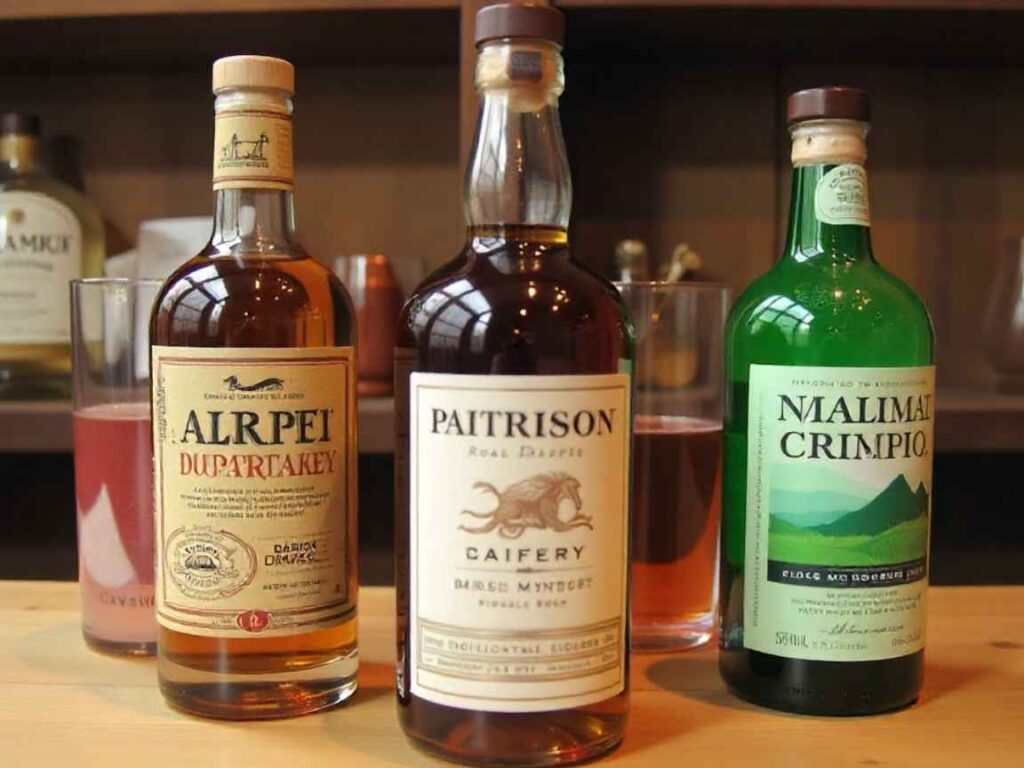
- What’s the base?
Is it made from molasses or sugarcane juice? Molasses-based rums tend to be less grassy and sweeter, while sugarcane juice-based rums, like rum agricole, will have a more vegetal flavor. - How old is the rum?
The age of the rum will influence its smoothness. Older rums tend to be more mellow and refined, making them perfect for sipping. Younger rums can be bolder and are great for cocktails. - What is still used?
The distillation method, whether a pot still or column still, affects the rum’s flavor profile. Pot still rums are usually richer and more robust, while column still rums are lighter and more delicate. (The difference between pot still and column still rum production methods, 2025)
Tips for Buying Rum
When you head to the store, keep these three factors in mind:
- Molasses or sugarcane juice? Check the label or look it up online.
- Age? Older rums typically offer a more refined taste.
- Distillation method? Pot stills are bolder, column stills are lighter.
Knowing these details helps you choose a rum that fits your taste preferences, whether you’re sipping it neat or mixing it into cocktails.
Recommended Rums for Beginners
If you’re new to rum, you might want to avoid overproof rums like Ray and Nephew or Smith & Cross, as they can be too intense for beginners. Instead, consider starting with these:
- Angostura 1919 (a smooth column still rum)
- Florida Kanya (known for its great balance)
- Real McCoy Three Year (a blend of aged rums)
- Appleton Estate (a pot and column still blend with great flavor)
For a richer experience, consider sipping on:
- Eldorado 15 (a molasses-based rum with a touch of added sugar)
- Rum JM VSOP (a fantastic rum agricole from Martinique)
- Clarin (a unique Haitian rum known for its tropical fruit flavors)
Wrapping It Up
Rum is an incredibly diverse and intriguing spirit. Whether you prefer a light, smooth rum for mixing or a dark, complex one for sipping, there’s something for everyone in the world of rum. With the right knowledge of base, age, and distillation method, you’ll soon be navigating rum shelves with confidence.
Don’t forget to experiment! Grab a bottle, try it out, and discover what flavors speak to you. Cheers to your rum journey, and I hope you’ve learned something new today!
What’s your favorite bottle of rum? Let me know in the comments below!












